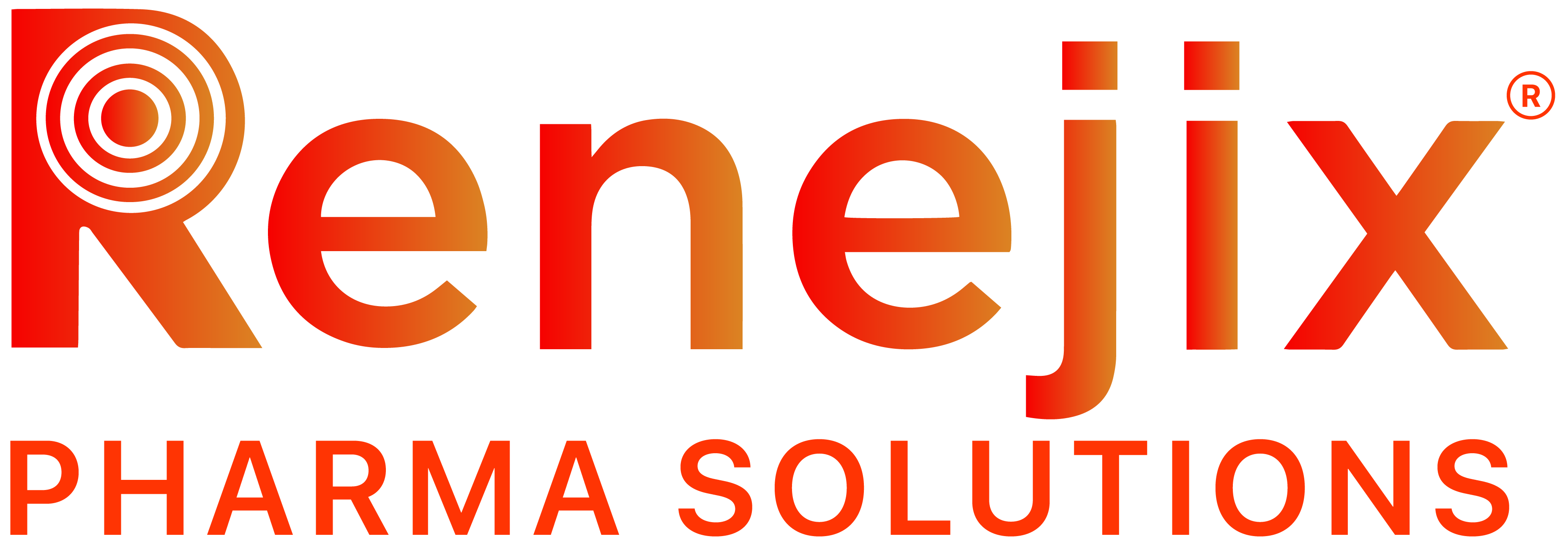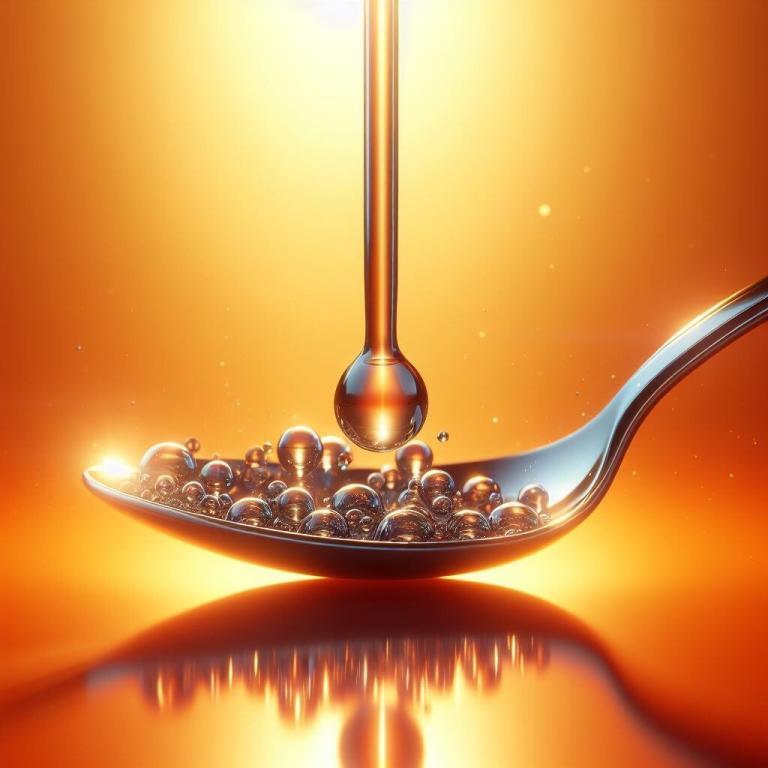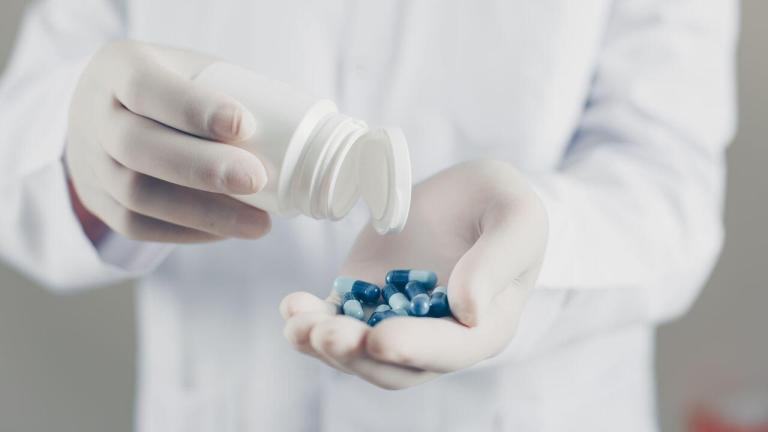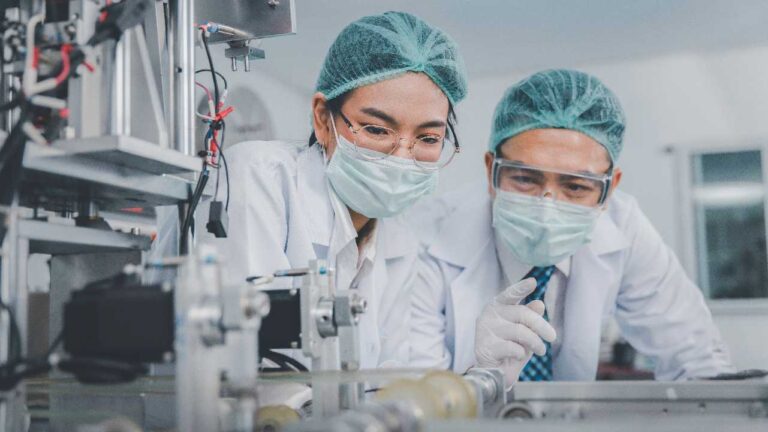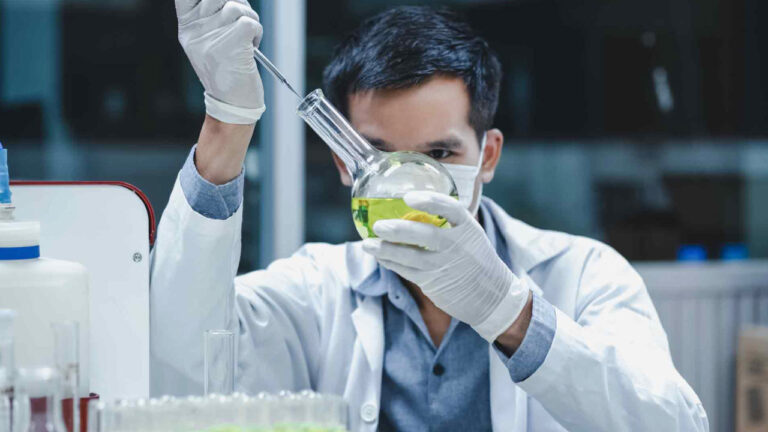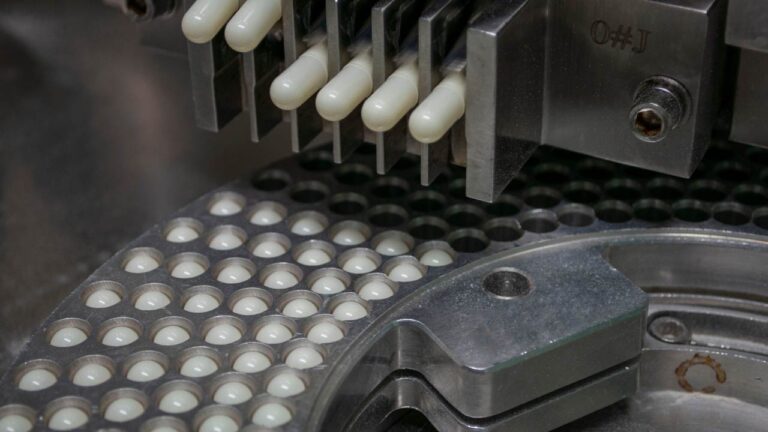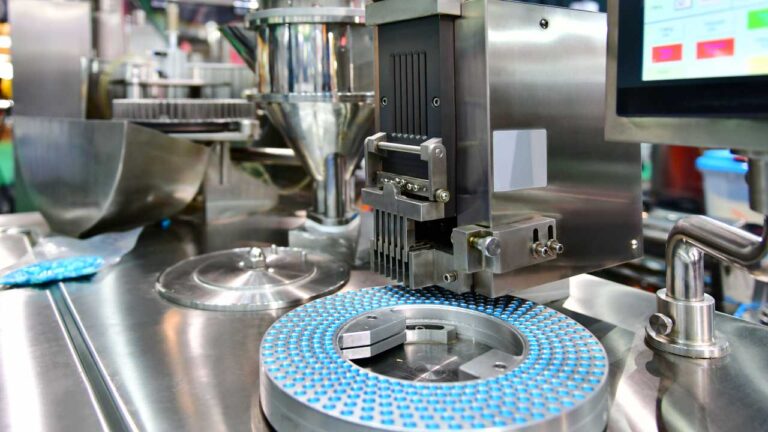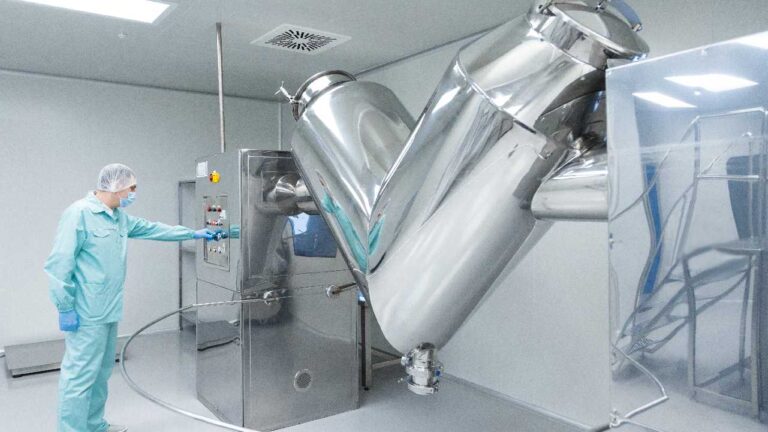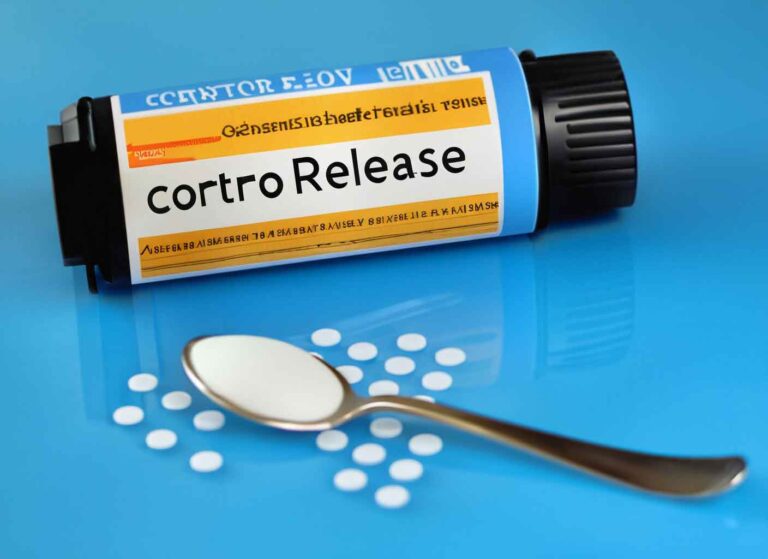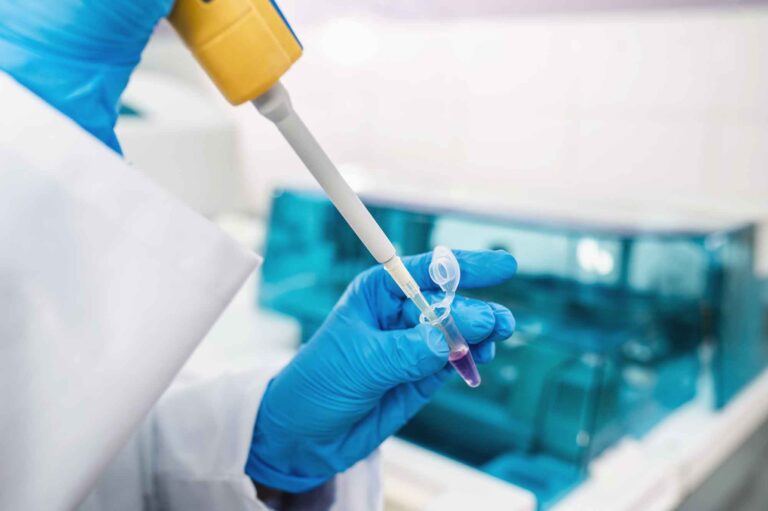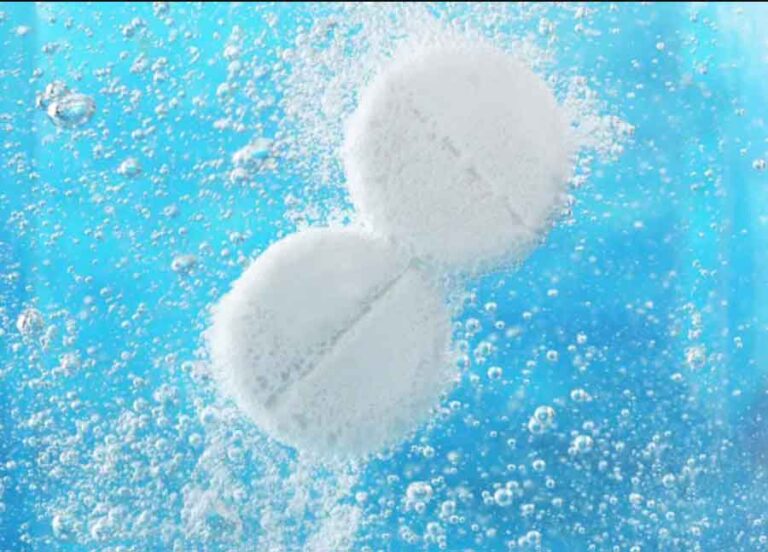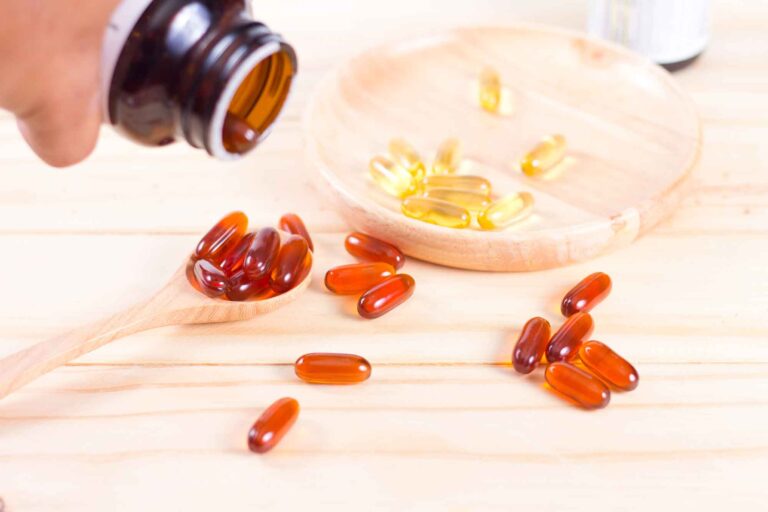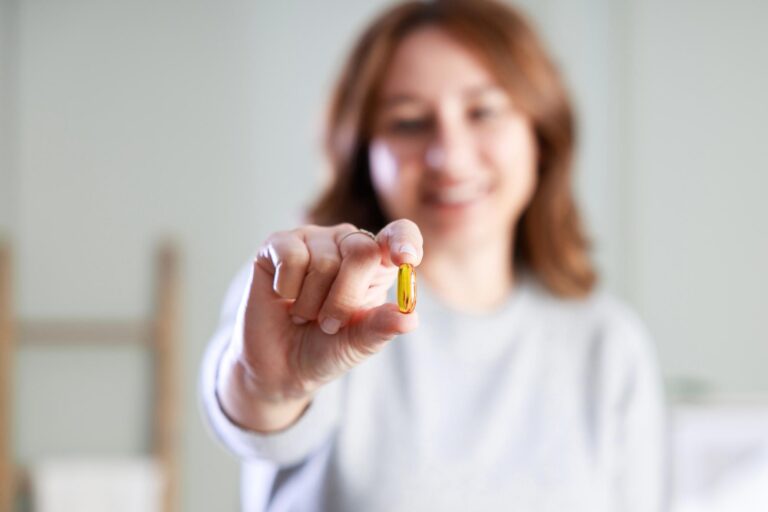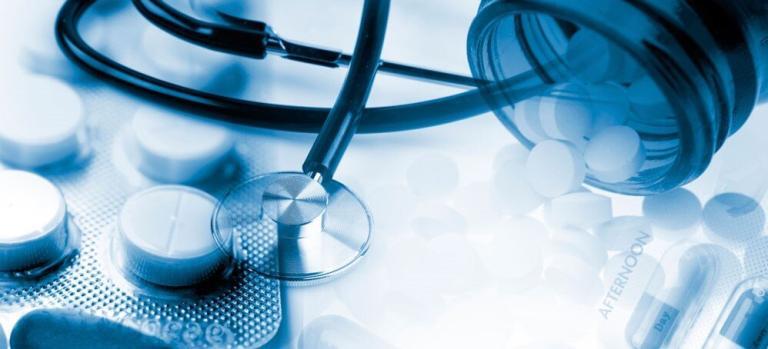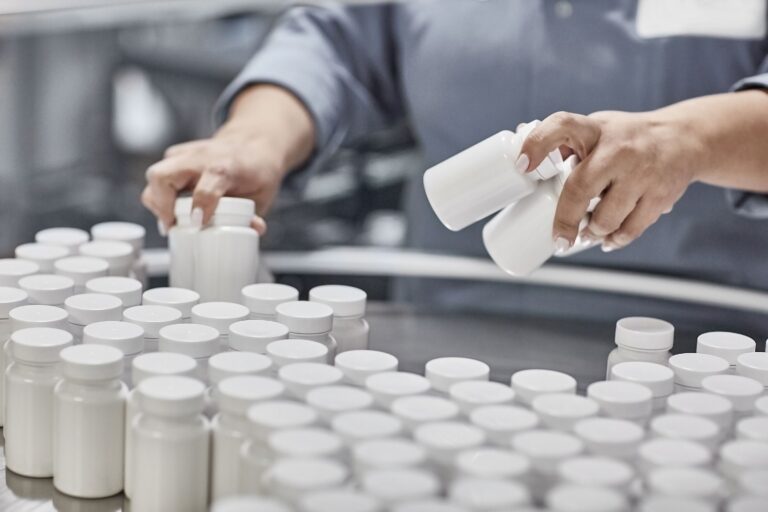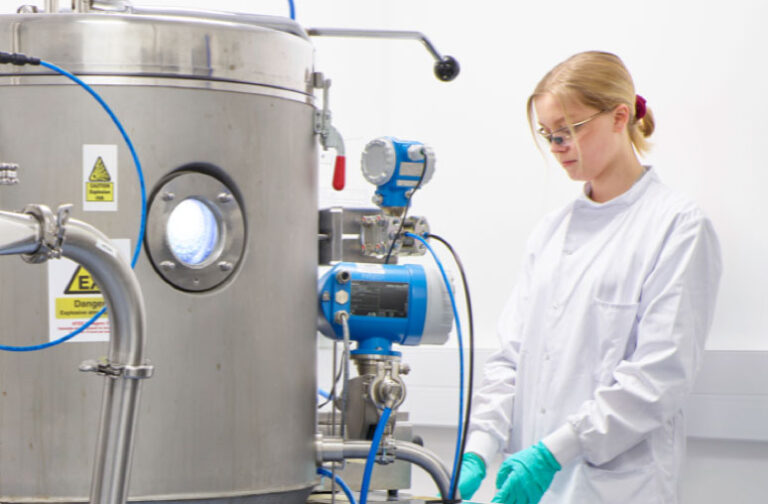Topical and transdermal drug delivery systems are two different methods of administering drugs through the skin. While both are applied to the skin, they have different purposes and mechanisms of action.
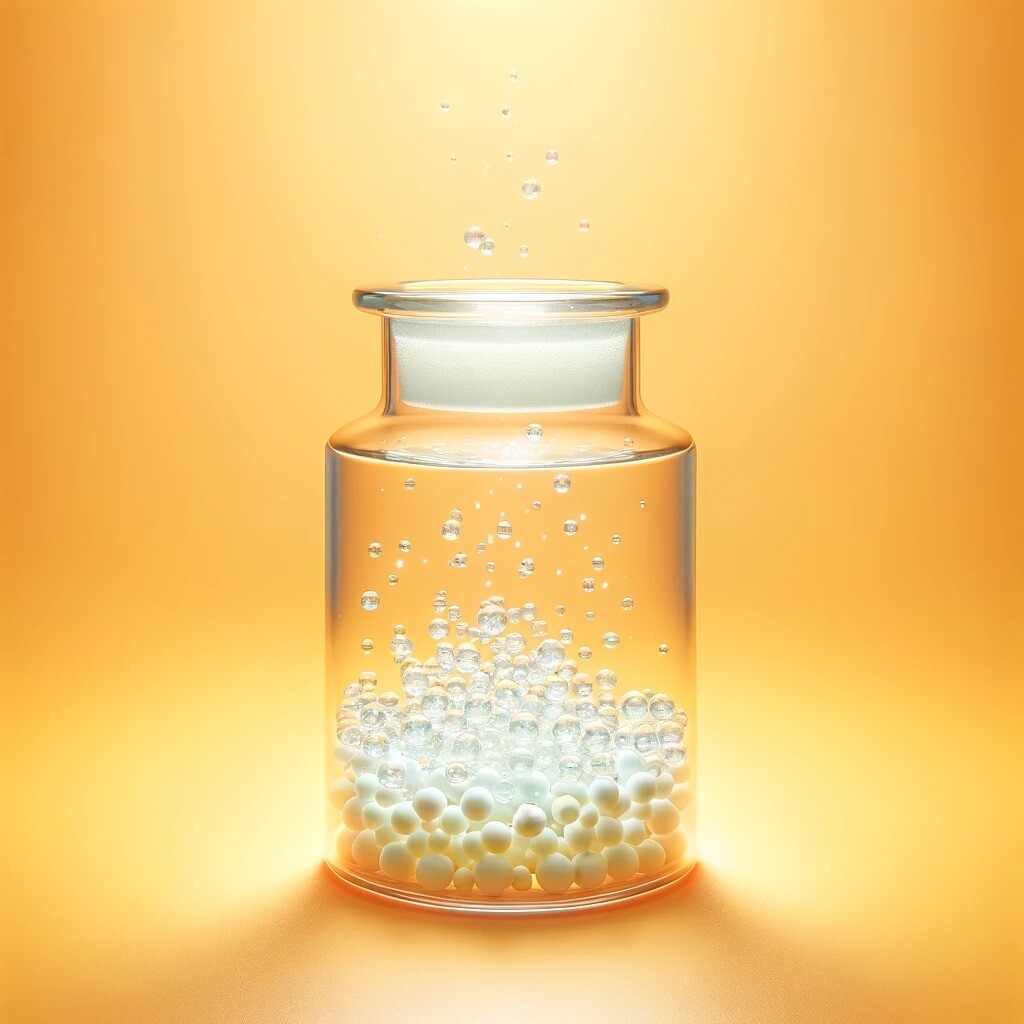
Topical Drug Delivery
Topical drug delivery refers to the application of drugs directly onto the skin or mucous membranes. The primary purpose of topical drug delivery is to treat conditions at or near the surface of the skin.
- Local Effect: Topical drugs work at the site of application and do not typically enter the bloodstream. This means they have a local effect and are used to treat conditions such as skin infections, inflammation, or pain.
- Variety of Forms: Topical drugs come in a variety of forms, including creams, ointments, gels, lotions, and patches. The choice of form depends on the condition being treated and the patient’s preferences.
- Safety: Because topical drugs do not typically enter the bloodstream, they have fewer systemic side effects than oral or injectable drugs. However, they can still cause local side effects such as skin irritation.
Transdermal Drug Delivery
Transdermal drug delivery refers to the application of drugs onto the skin with the intention of delivering the drug into the bloodstream for systemic distribution.
- Systemic Effect: Transdermal drugs are designed to penetrate through the skin layer and exert their effects on deeper or more distant tissues. They are used to treat conditions that affect the whole body, such as chronic pain or hormone imbalances.
- Controlled Release: Transdermal drug delivery systems can provide controlled and sustained release of drugs, which can improve patient compliance and therapeutic outcomes.
- Avoidance of First-Pass Metabolism: Transdermal drug delivery bypasses the gastrointestinal tract and liver, avoiding first-pass metabolism. This can increase the bioavailability of the drug and reduce side effects.
Topical Dosage Forms
- Creams: Topical creams are semi-solid emulsions of oil and water. They are typically used for their emollient effects and to deliver water-soluble drugs. They are often preferred for their ease of application and patient comfort.
- Ointments: Topical ointments are semi-solid preparations that are typically used to deliver lipid-soluble drugs. They are used for their emollient effects and to create occlusive dressings. Topical ointments are often used for dry, scaly lesions or when prolonged contact with the medication is desired.Ophthalmic ointments are semi-solid, greasy or creamy topical treatments for certain eye conditions, whether mild or severe. Ophthalmic ointments are often recommended for eye infections, dry eyes and blepharitis (eyelid inflammation), among many other issues of the eye.
- Gels: Topical gels are semi-solid systems consisting of dispersions made up of small inorganic particles or large organic molecules interpenetrated by a liquid. They are used to deliver water-soluble drugs and provide a cooling effect when applied to the skin. Topical gels are often used for their soothing effects and rapid onset of action.
- Lotions: Topical lotions are liquid preparations intended for application to the skin. They are typically used to deliver water-soluble drugs and to cool and soothe the skin.
- Solutions: Topical solutions are liquid preparations that are applied directly to the skin. They are typically used for their cooling and drying effects, which can be beneficial for conditions such as acne or oily skin. Topical solutions often contain an active ingredient dissolved in a solvent, and they may also contain other ingredients such as emollients or humectants to improve the feel of the product on the skin. They are easy to apply and spread over large areas of the skin, making them suitable for conditions that affect large areas of the body. Ophthalmic solutions are sterile aqueous solutions that are instilled into the eye. They are typically used to deliver water-soluble drugs and provide immediate relief from symptoms.
- Suspensions: Ophthalmic suspensions are sterile preparations that contain insoluble drug particles dispersed in a liquid medium. They are used when the drug is not soluble in a suitable aqueous medium.
Each of these forms has its own advantages and disadvantages, and the choice of which to use can depend on the specific drug being delivered, the condition being treated, and the patient’s preferences and lifestyle.
Transdermal Dosage Forms
- Patches: Transdermal patches are adhesive devices that deliver a specific dose of medication to the skin. The drug is then absorbed by the skin and enters the systemic circulation.
- Gels: Similar to topical gels, transdermal gels are designed to deliver drugs through the skin to the systemic circulation. They are typically applied to a specific area of the skin, and the drug is then absorbed into the body.
Related Services
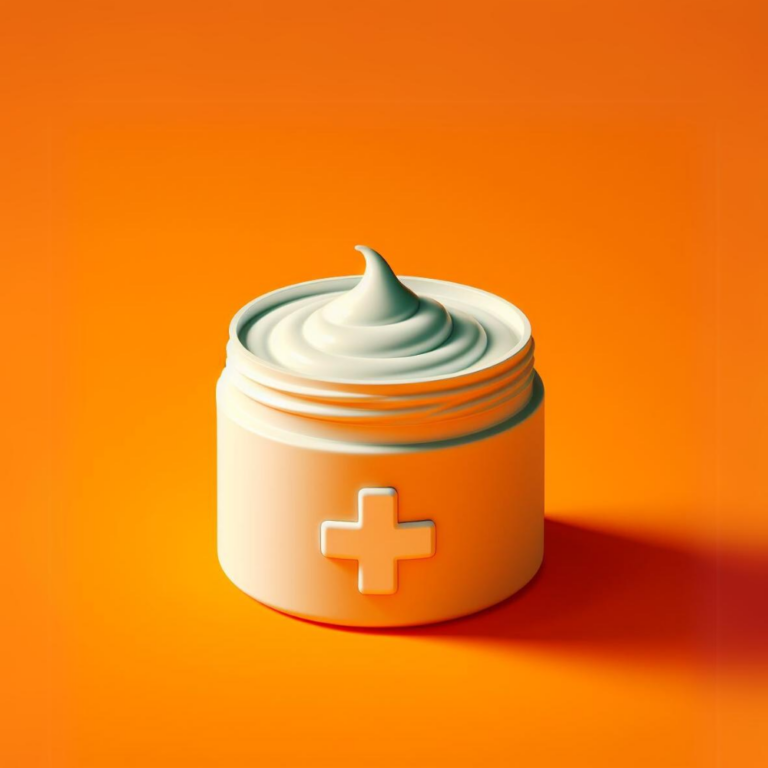

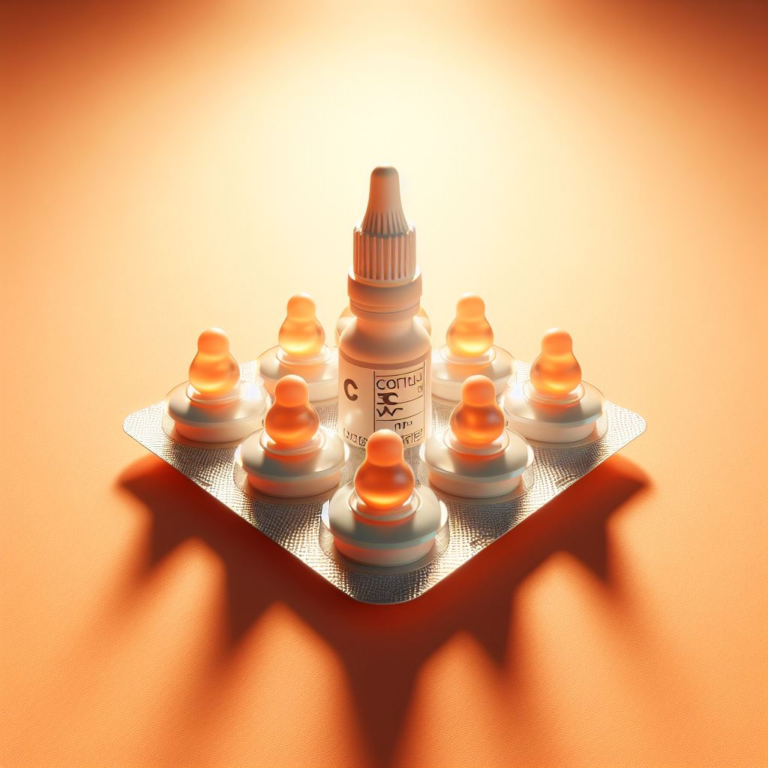
FAQs
Here are some frequently asked questions about Topical / Transdermal.
Renejix provides a full spectrum of services for topical and transdermal drug development, from preformulation to clinical formulations. This includes expertise in small molecule oral dosage development, delivery technologies, and multi-modality manufacturing for both orphan drugs and generics.
Renejix boasts unrivaled expertise in formulating complex dosage forms. They employ various techniques to enhance bioavailability or achieve controlled release, even for the most challenging APIs, across dosage forms like creams, emulsions, liquids, and films.
Renejix ensures compliance with stringent industry standards, guaranteeing product integrity and timely market entry. Their quality assurance processes are designed to meet or exceed the highest quality benchmarks, reducing risk and ensuring regulatory compliance.
Yes, Renejix’s capabilities encompass comprehensive services for small, pilot, full-scale, and adaptive manufacturing solutions across all phases of clinical trials. They are equipped to handle challenges from preclinical to commercial stages.
Renejix utilizes specialized technologies to increase drug efficacy, bioavailability, and adherence. They offer a variety of dosage forms and have a track record of developing new formulation approaches and optimizing existing products.
Absolutely. Renejix offers strategic regulatory planning and quality assurance to ensure global compliance, streamline approvals, and support the product lifecycle.
Renejix has over 200+ analytical scientists providing comprehensive analytical testing and method development for quality, validation, and compliance. They support Q1/Q2 evaluations and develop in vitro release testing protocols.
Renejix’s integrated approach ensures the right form and formulation from the start, employing a First-Time Right Approach for streamlined development. They screen drug candidates for viability and ensure the safety of clinical trial participants.
Renejix is recognized for its faster time-to-market, cutting up to 20 weeks off early and late phase timelines. Their seasoned management team brings 30+ years of industry knowledge on average, ensuring programs are guided by proven professionals.
